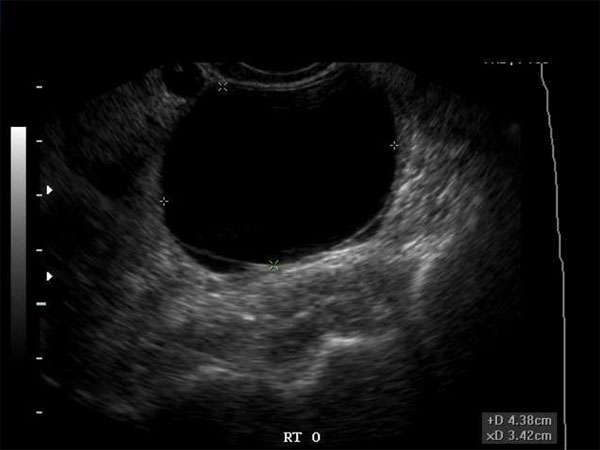Unveiling the Power of Ultrasound: A Closer Look at its Applications
Introduction
Ultrasound technology has revolutionized the field of medical imaging, allowing healthcare professionals to visualize internal organs, tissues, and blood flow without the need for invasive procedures or ionizing radiation. This non-invasive and safe diagnostic tool has become an indispensable tool for various medical specialties, including Radiologists, OB/GYN, Vascular Surgeons, Emergency Medicine, Family Practice, Internal Medicine, Orthopedic Surgery, Sports Medicine, Neurology, Cardiology, and more.
The Versatility of Ultrasound
Ultrasound is commonly associated with pregnancy scans, but its applications extend far beyond obstetrics. It is used to evaluate and diagnose a wide range of medical conditions in various specialties. For example:
Radiology
In radiology, ultrasound is used to examine the liver, gallbladder, kidneys, spleen, and other abdominal organs. It can also aid in the detection of breast and thyroid abnormalities.
OB/GYN
Ultrasound is essential in obstetrics for monitoring fetal development, confirming pregnancies, and diagnosing potential complications. It can also help identify conditions such as ovarian cysts and uterine fibroids.
Vascular Surgery
Ultrasound plays a crucial role in assessing blood flow and identifying vascular abnormalities, such as blood clots, aneurysms, and carotid artery disease.
Emergency Medicine
In emergency medicine, ultrasound is used to quickly evaluate trauma patients, assess internal injuries, and guide procedures such as central line placements and chest tube insertions.
Family Practice and Internal Medicine
Primary care physicians utilize ultrasound to aid in the diagnosis and management of various conditions, including abdominal pain, urinary tract infections, and musculoskeletal injuries.
Orthopedic Surgery and Sports Medicine
Ultrasound is employed to visualize and diagnose musculoskeletal injuries, such as ligament tears, tendonitis, and joint abnormalities. It can also guide injections and aspirations.
Neurology
In neurology, ultrasound is used to assess blood flow in the brain, identify abnormalities in the carotid and vertebral arteries, and aid in the diagnosis of conditions like stroke and intracranial hemorrhage.
Cardiology
Cardiologists rely on ultrasound, known as echocardiography, to evaluate heart structure and function, assess cardiac valve abnormalities, and diagnose conditions like heart failure and congenital heart defects.
The Importance of Continuing Medical Education (CME)
As ultrasound technology continues to advance and expand its applications, healthcare professionals need to stay updated with the latest developments and techniques. Continuing Medical Education (CME) plays a vital role in ensuring that sonographers, doctors, nurse practitioners, physician assistants, and other healthcare professionals are proficient in ultrasound imaging.
CME courses provide opportunities to enhance knowledge, improve skills, and learn about emerging trends in ultrasound. These courses cover topics such as image acquisition, interpretation, quality assurance, and patient safety. By participating in CME activities, healthcare professionals can stay up-to-date with the latest guidelines, protocols, and advancements in ultrasound technology.
Many medical organizations and societies offer CME courses specifically tailored to different specialties, allowing healthcare professionals to focus on the areas most relevant to their practice. These courses may include lectures, case studies, hands-on workshops, and online modules.
Conclusion
Ultrasound has truly transformed the practice of medicine across various specialties, enabling healthcare professionals to provide accurate and timely diagnoses. As the applications of ultrasound continue to expand, it is crucial for sonographers, doctors, and other healthcare professionals to prioritize continuing medical education. By investing in CME, healthcare professionals can ensure they are equipped with the knowledge and skills necessary to unleash the full potential of ultrasound technology and deliver the highest quality of care to their patients.






